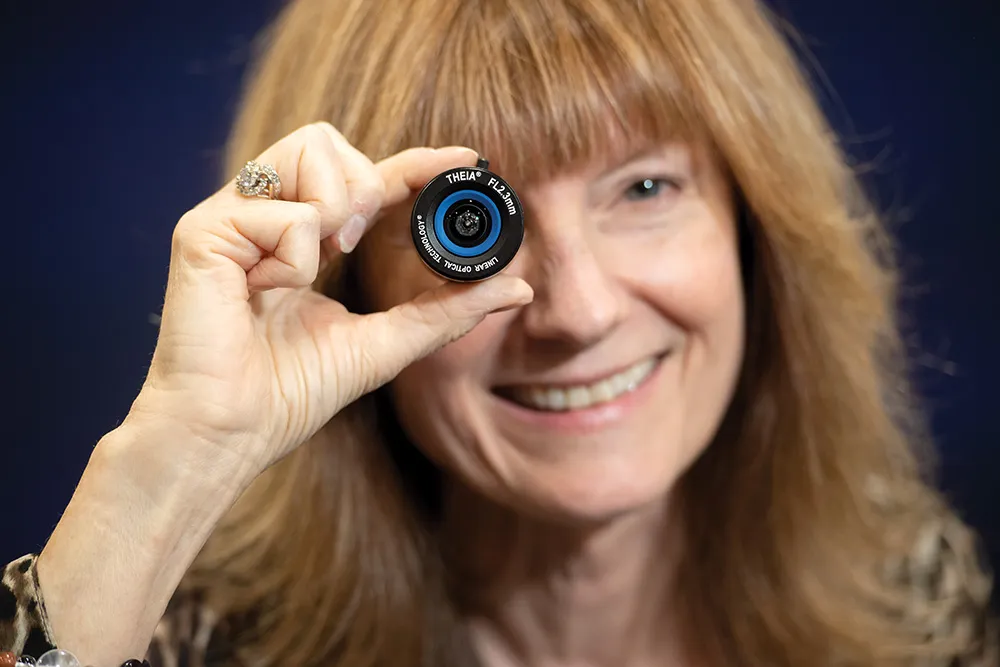Sony Europe's Image Sensing Solutions division has extended its XCG range of GigE machine vision cameras with the launch of the XCG-H280E. According to the company, its resolution, high frame rate and ability to work in low light conditions make the camera module ideally suited to ITS applications, where image quality, sensitivity and speed are paramount. The camera module implements the ICX-674 full HD resolution CCD sensor, capable of running at up to 50fps and is the first sensor to benefit from Sony's n
January 23, 2012
Read time: 2 mins

The camera module implements the ICX-674 full HD resolution CCD sensor, capable of running at up to 50fps and is the first sensor to benefit from Sony's nextgeneration EXview HAD CCD II technology. The 50x50x57.5mm black/white C mount camera unit delivers a standard output of 1,920x1,080 at 32fps and is fully compatible with Windows 7, Vista and XP. The device, which is GigE v1.2 compliant and upgradable to GigE v2.0, can also connect to external devices, such as a strobe or detector and trigger, to optimise image exposure.
"The unit has been designed to deliver exceptional performance at a competitive price and has been created with the ITS, high-end security and factory automation markets in mind," says Stephane Clauss, business development manager at Sony's ISS division.
Sony is following this launch with two additional colour modules. The XCG-U100CR will use the Sony ICX-274E sensor to deliver a 2Mp resolution (1,600x1,200) at 27fps and the XCG-5005CR will use the Sony ICX-625 sensor to deliver a 5Mp resolution (2,448x2,048) at 15fps.








